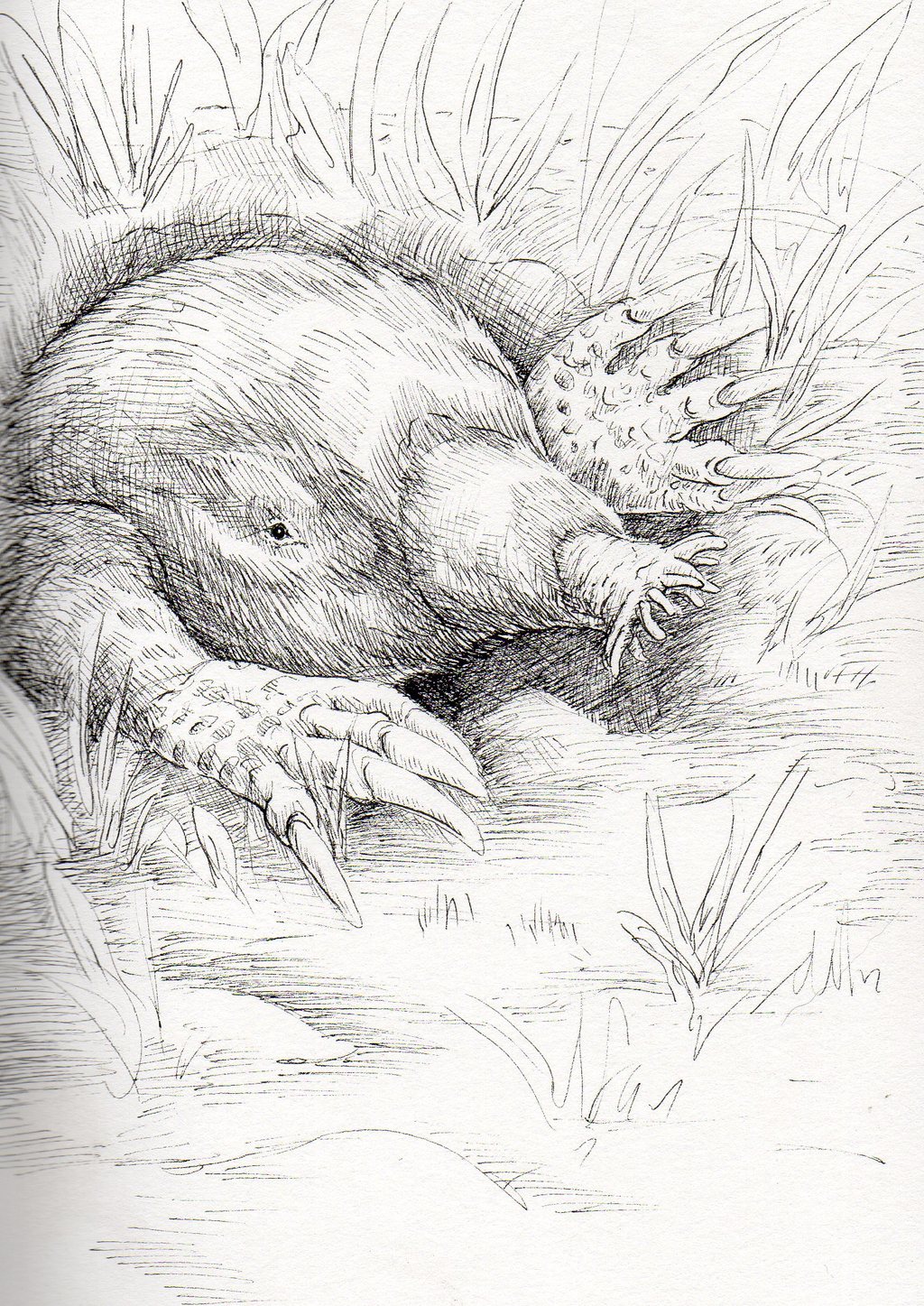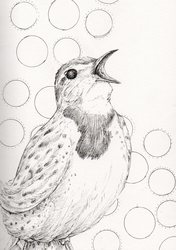Sign In
CloseTotem of the day is Mole! Work on grounding yourself in order to improve your health. Trust more strongly in what you can feel over what you can see or hear for your sensitivities will be higher in the coming time. Increase the amount of physical touch between you and others, particularly with your partner in forms of affectionate hugs and touches. When around others, increase your platonic touch with gentle touches in appropriate measures. You may find yourself perceiving more about others through touch so do not be shocked, but trust in the spiritual messages you are receiving. This may also include a time in which you learn more about yourself. Explore information about yourself without judgement in order to learn. The Mole spirit guide is known for it's connect to finding information, digging beneath the surface, relying on tactile sense of touch, and faith. When mole appears, it can be a reminder to have faith in what you can feel and that life will work out. Let go of doubt or fear and trust in the flow of life. Mole teaches us to trust out instinct about a situation or people around us, not to rely on just what we can see presented to us. Mole may indicate an unusual situation, but don't let yourself get wrapped up in it. Mole connects us with the power and energy of Earth, indicating it may be a good time to delve into learning about herbs, minerals, and natural parts of the world. Mole also reminds us to reflect inwards on ourselves. Native American tribes such as the Northern California tribes saw the presence of a mole near a home as an omen of illness while Pueblo tribes often saw them as one of the six directional guardians and an important medicine animal. People who connect with Mole are often strongly intuitive to the point of being able to predict future events at times. Clarsentience and natural healing gits are traits of many of these types. These individuals are naturally quiet and often hermits, although they enjoy helping others with their healing skills particularly in plant-based areas such as aromatherapy and herbology.
Moles, Talpidae, are omnivorous mammals that can live up to 6 years in the wild. These underground dwellers can be found all over the world in North America, Asia, Europe, and South Africa. Moles cannot be found in Ireland, South America, or Antarctica. There are approximately 20 species of mole including a few species that are semi-aquatic to aquatic such as the Rusian Desman found throughout Russia, Ukraine, and Kazakhstan. This is also the largest species of mole reaching over 8 inches long with a tail an additional 8 inches long and a weight of around 18 oz. The average adult mole grows to 6 inches, a tail of just under 2 inches, and a weight of just over 4 oz. The aquatic species of mole often have webbed feet and flattened tails that aid in swimming. Many mole species that prefer land will live in a wide range of areas including grasslands, woodlands, sand dunes, and urban areas. Anywhere they can find good dirt to dig their tunnels in. However, they will avoid acidic soil or mountainous areas. The tunnels that they build are highly complex and include special chambers at the ends of tunnels reserved for bedrooms, birthing areas, kitchens, and bathrooms. At times, generations of mole families will live in a single tunnel system. The diet of a mole consists primarly earthworms as well as insect larvae. A single mole can eat almost their entire body weight in earthworms per day and actually gather more for storing in the kitchen chambers of their tunnels. Within this specialized chamber, moles will actually bite off the head of earthworms to keep them immobile and storing them alive. Up to 470 earthworms have been found in a single chamber. The saliva of a mole contains a toxin that can paralyze small animals which aids in bringing them back alive. This also helps in catching bigger prey such as mice. A mole's life is spent primarily alone and underground digging tunnels in search of worms. They prefer having their own space with less than three to five moles living in an acre of land. With this undeground lifestyle, moles travel by touch and so their eyesight is limited. While not blind, they are colorblind and see only light and movement. The sensors on their nose are used to find prey and other moles. Some species such as the Star-nosed Mole featured in this illustration, have specialized noses that give them an even stronger sense of touch. When breeding season occurs, the male will work on enlarging his tunnels in order to find a female partner. When done, a rounded nest chamber is built and lined with dry plant materials for the female to birth in. A single female will give birth to three to four babies. The babies, called pups, are born hairless and will begin to grow hair at around 14 days old. They are weaned between four and five weeks old. After five to six weeks, the babies are ready to live independantly of their mother.
Submission Information
- Views:
- 354
- Comments:
- 0
- Favorites:
- 1
- Rating:
- General
- Category:
- Visual / Traditional




